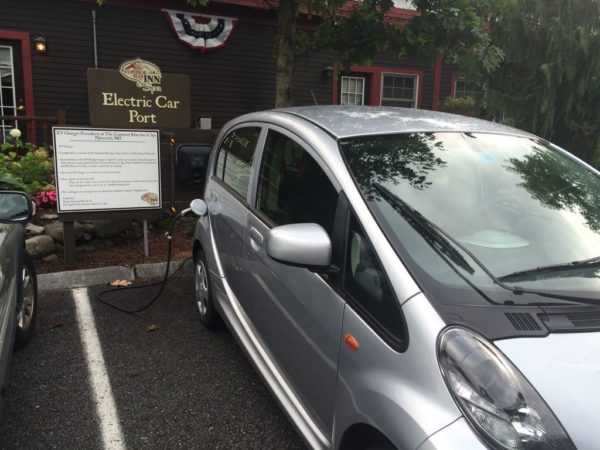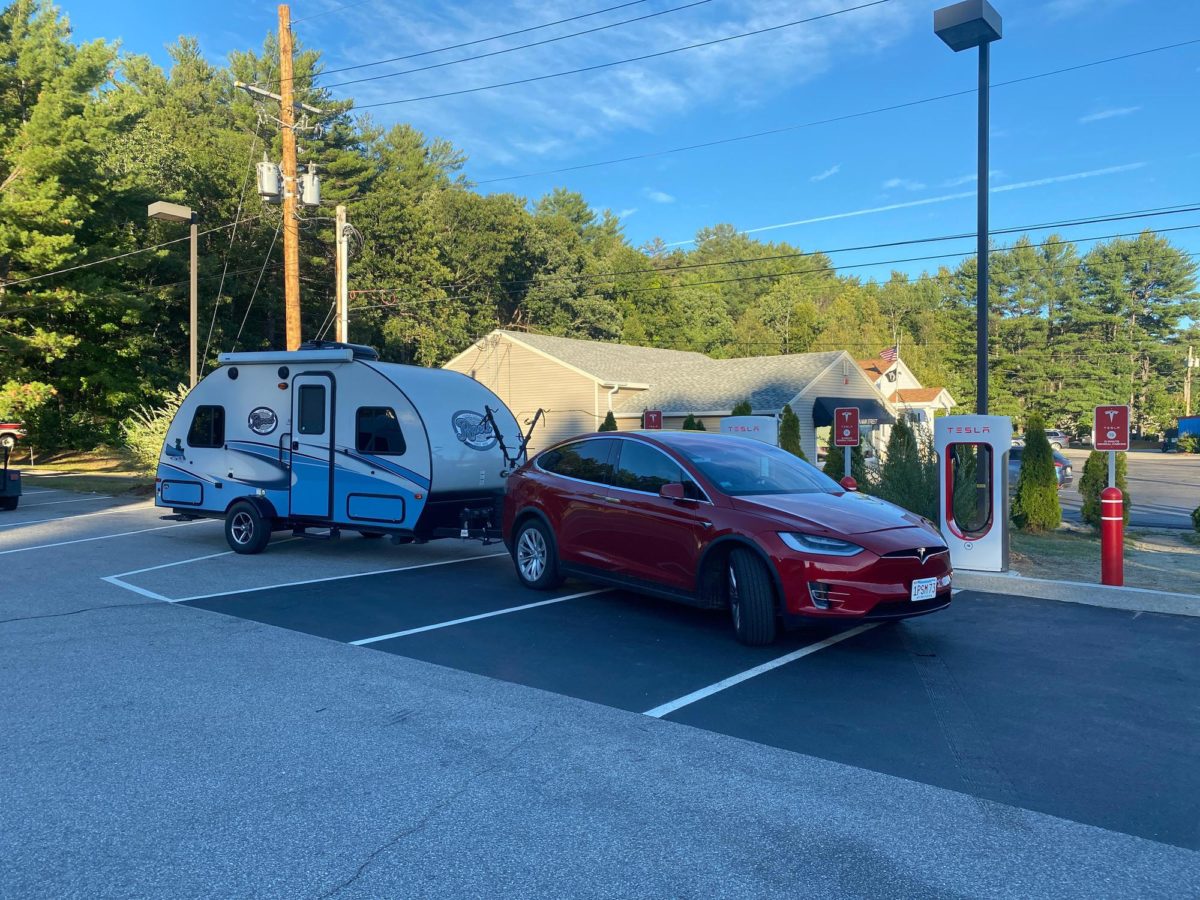In a bid to motivate the construction of electric vehicle charging infrastructure in the state, the Public Utility Commission of New Hampshire has approved a plan from local electric utilities Liberty and Unitil – to offer ‘a temporary demand charge holiday’ for Level 2 & Level 3 electric vehicle charging locations.
The language for the tariffs was found in new legislation from April 7, 2022:
The rate is tailored to serve up to 200 kVA of load, or approximately up to ten Level 2 chargers, each charging at 19.2 kW peak. This rate has three time periods—peak, mid-peak, and off-peak—and has winter and summer rates. All three billing components—distribution, transmission and energy supply—are time varied, and customers must be separately metered. A temporary demand charge holiday is offered for these customers at 75 percent for year 1, 50 percent for year 2, 25 percent for year 3, and ending thereafter.
The language is mostly the same for Level 3 chargers as well, noting that those units range from 50 to 350 kW of peak electrical draw.

Image: Plugsource
State utility Eversource also submitted a more nuanced model that was rejected by the commission as being too complicated. The commission explained that this complex model could potentially backfire, reducing incentives for getting charging infrastructure deployed in the state.
The commission states that there is a challenge in determining how these new assets will affect the system as a whole. The docket shows that the utilities implementing these new rate schedules must report on the costs of new charging stations installed, as well as the impacts those stations will have on ratepayers.
The goal is for the implementation of time of use electricity rates to raise some awareness of peak grid demand periods. If enough people alter their EVs’ charging schedules as a result, the reductions in peak demand may be sufficient to avoid grid upgrade costs, as EV charging broadly expands across the state.
Members of The New England Convenience Store & Energy Marketers Association, Inc. see a great opportunity for their businesses to host these units. However, they point out that “users of publicly accessible charging equipment cannot respond to rate design signals”. The group also states that demand charges, hardware installation, and grid upgrade costs are the primary challenges standing in the way of EV charger implementation.
This content is protected by copyright and may not be reused. If you want to cooperate with us and would like to reuse some of our content, please contact: editors@pv-magazine.com.








By submitting this form you agree to pv magazine using your data for the purposes of publishing your comment.
Your personal data will only be disclosed or otherwise transmitted to third parties for the purposes of spam filtering or if this is necessary for technical maintenance of the website. Any other transfer to third parties will not take place unless this is justified on the basis of applicable data protection regulations or if pv magazine is legally obliged to do so.
You may revoke this consent at any time with effect for the future, in which case your personal data will be deleted immediately. Otherwise, your data will be deleted if pv magazine has processed your request or the purpose of data storage is fulfilled.
Further information on data privacy can be found in our Data Protection Policy.